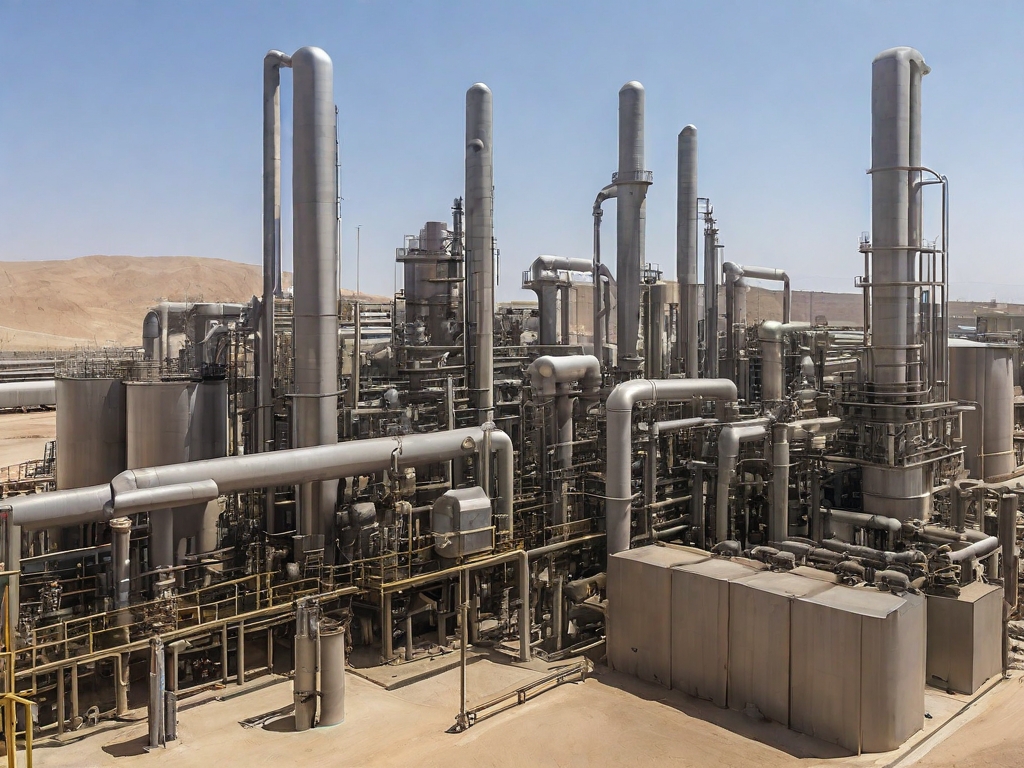As the world becomes increasingly aware of the environmental impacts of industrial operations, regulations have been put in place to mitigate these effects. These regulations have a significant impact on operations in Class 1 Divisions, which are areas where flammable gases or vapors are present. This article, brought to you by the Intrinsically Safe Store, will delve into the impacts of these regulations and how businesses can adapt to them. We invite you to visit our website to learn more about our solutions for hazardous environments.
Understanding Class 1 Divisions
Class 1 Divisions are defined by the National Electrical Code (NEC) as areas where flammable gases, vapors, or liquids are present in quantities sufficient to produce explosive or ignitable mixtures. These areas require special equipment and procedures to ensure safety and compliance with environmental regulations.
Environmental Regulations and Their Impact
Environmental regulations aim to reduce the environmental impact of industrial operations. They can affect Class 1 Divisions in several ways:
- Increased Costs: Compliance with environmental regulations often requires investment in new equipment or modifications to existing processes. This can lead to increased operational costs.
- Operational Changes: Regulations may require operators to change how they conduct operations, such as reducing emissions or changing waste disposal methods.
- Increased Scrutiny: Stricter regulations increase scrutiny from regulatory bodies, leading to more inspections and audits.

Adapting to Environmental Regulations
While these regulations can pose challenges, they also present opportunities for businesses to innovate and improve their operations. Here are some ways businesses can adapt:
- Investing in New Technology: New technologies can help businesses comply with regulations while also improving efficiency. For example, intrinsically safe equipment can prevent ignition in hazardous areas.
- Training and Education: Ensuring that employees understand the regulations and how to comply with them is crucial. Regular training and education can achieve this.
- Engaging with Regulators: Businesses can stay ahead of changes and ensure they are prepared for new regulations by engaging with regulatory bodies.
Case Study: Intrinsically Safe Store
The Intrinsically Safe Store is an excellent example of a business that has adapted to environmental regulations. We design a range of intrinsically safe products to operate safely in hazardous areas, helping businesses comply with regulations and ensure the safety of their employees. By focusing on innovation and quality, we have been able to thrive in a highly regulated industry.
Environmental Regulations: Innovate with Us
Environmental regulations have a significant impact on operations in Class 1 Divisions. While they can pose challenges, they also present opportunities for businesses to innovate and improve their operations. By investing in new technology, providing training and education, and engaging with regulators, businesses can not only comply with these regulations but also improve their efficiency and safety. The Intrinsically Safe Store is a prime example of a business that has successfully adapted to these regulations. For more information on how we can help your business navigate these challenges, contact us today.


























